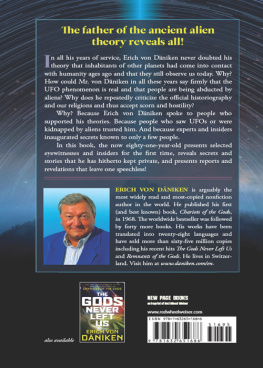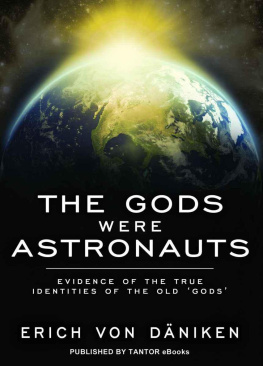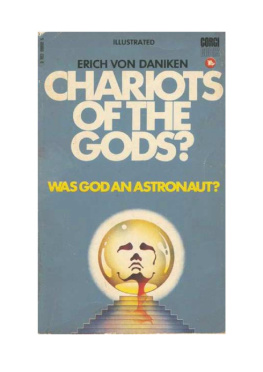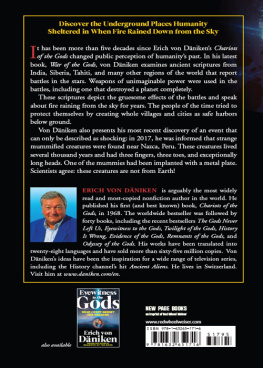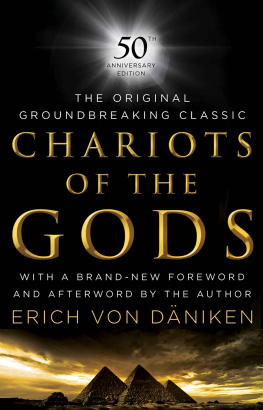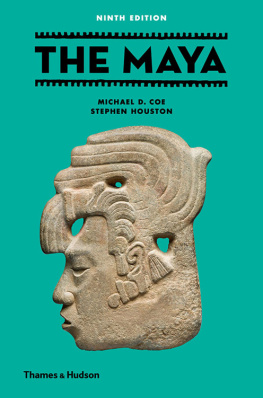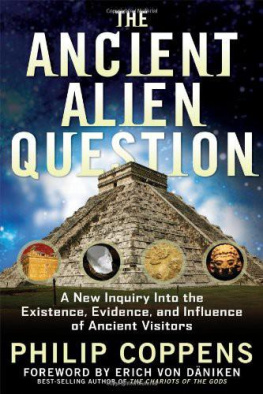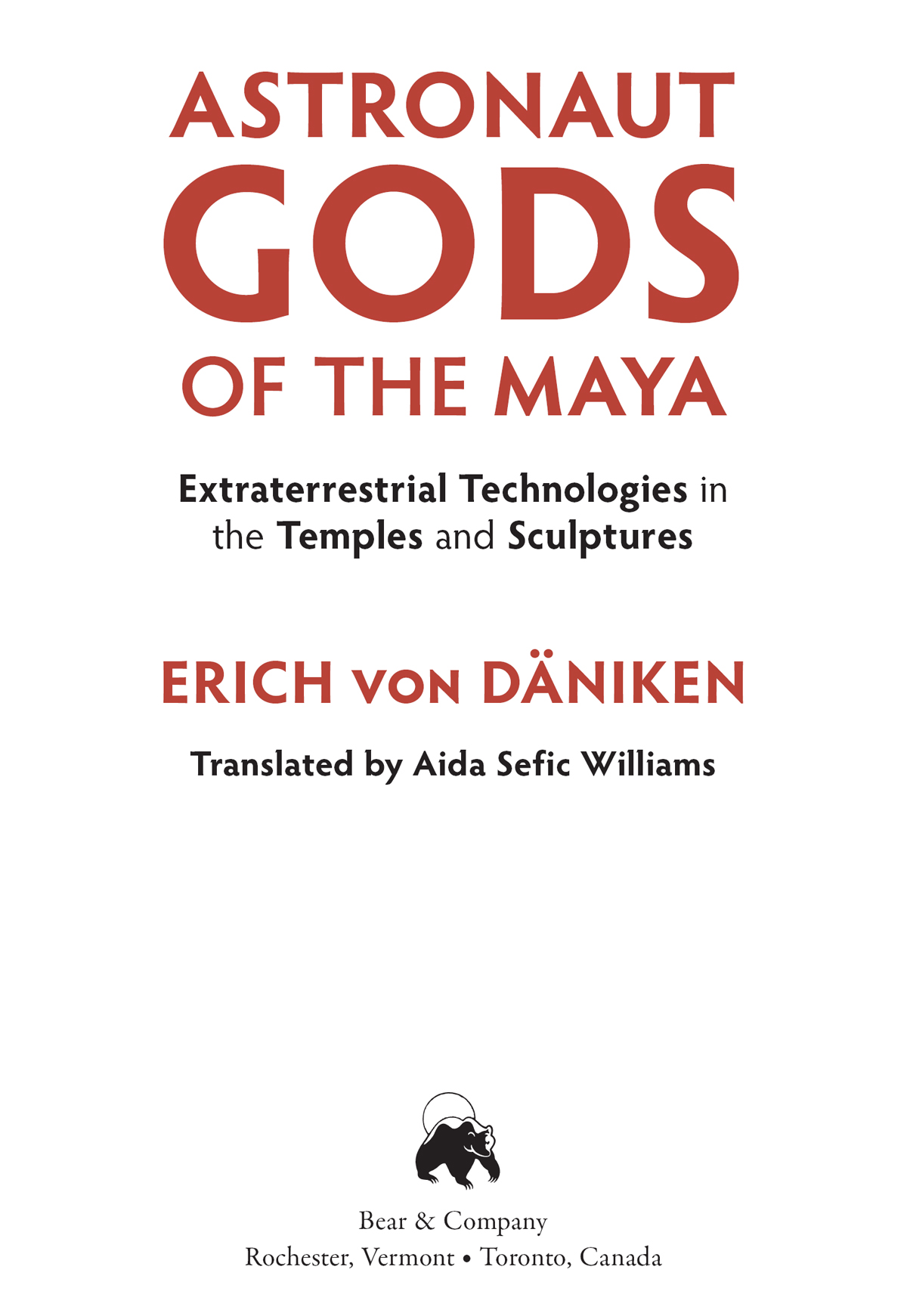Erich von Däniken - Astronaut Gods of the Maya: Extraterrestrial Technologies in the Temples and Sculptures
Here you can read online Erich von Däniken - Astronaut Gods of the Maya: Extraterrestrial Technologies in the Temples and Sculptures full text of the book (entire story) in english for free. Download pdf and epub, get meaning, cover and reviews about this ebook. year: 2017, publisher: Bear Company, genre: Religion. Description of the work, (preface) as well as reviews are available. Best literature library LitArk.com created for fans of good reading and offers a wide selection of genres:
Romance novel
Science fiction
Adventure
Detective
Science
History
Home and family
Prose
Art
Politics
Computer
Non-fiction
Religion
Business
Children
Humor
Choose a favorite category and find really read worthwhile books. Enjoy immersion in the world of imagination, feel the emotions of the characters or learn something new for yourself, make an fascinating discovery.

- Book:Astronaut Gods of the Maya: Extraterrestrial Technologies in the Temples and Sculptures
- Author:
- Publisher:Bear Company
- Genre:
- Year:2017
- Rating:3 / 5
- Favourites:Add to favourites
- Your mark:
Astronaut Gods of the Maya: Extraterrestrial Technologies in the Temples and Sculptures: summary, description and annotation
We offer to read an annotation, description, summary or preface (depends on what the author of the book "Astronaut Gods of the Maya: Extraterrestrial Technologies in the Temples and Sculptures" wrote himself). If you haven't found the necessary information about the book — write in the comments, we will try to find it.
Includes more than 200 full-color photographs from the authors personal archives
Details the astronaut technology--helmets, tanks, hoses, keyboards, rockets--clearly illustrated in stone carvings and statues from Mesoamerican sites such as Palenque, Chichn Itz, and Teotihuacn in Mexico and Tikal in Guatemala
Explores the similarities of Maya pyramids with those at Kanchipuram in South India
Sharing more than 200 never-before-published full-color photographs from his personal archives, bestselling author Erich von Dniken provides clear evidence of ancient alien contact and technology among the archaeological sites of the Maya as well as other ancient cultures, such as the Aztecs and the Hindus. He reveals how the gods immortalized in Maya sculptures, carved reliefs, and myth were not supernatural beings but technologically advanced visitors, astronauts who gifted the Maya with their sophisticated understanding of calendar time and cosmology. He explains how, with no explanation for their technologies and origins, the Maya interpreted the visitors as divine and, thus, the gods were born.
Examining stone carvings and statues from many Mesoamerican sites such as Palenque, Chichn Itz, and Teotihuacn in Mexico and Tikal in Guatemala, von Dniken reveals the astronaut technology--helmets, tanks, hoses, keyboards, rockets--clearly illustrated in these ancient depictions of the gods. He explores the similarities of Platos writings with the Chilam Balam books of Mexico and compares ancient alien features in myths around the world, paralleling how mercury is mentioned as a fuel ingredient of flying machines in ancient India with the discovery of mercury at Copn, Palenque, and Teotihuacn as well as in the grave of a Chinese emperor and two Egyptian graves on Nabta Playa. Illustrating the similarities of Mayan step pyramids with those of Kanchipuram in South India, the author explains how Mayan pyramids are crowned with a small temple, residence, or landing field of the gods, while the pyramids of South India are topped with a Vimana, a godly flying vehicle.
Offering visual proof of the ancient worlds contact with advanced alien visitors they recorded as gods and teachers, von Dniken also raises the question of the heavenly origins of royal families and dynasties in Mesoamerica, Egypt, and beyond, revealing how the Mayan kings of Palenque and the pharaohs of Egypt may be descendants of the gods.
Erich von Däniken: author's other books
Who wrote Astronaut Gods of the Maya: Extraterrestrial Technologies in the Temples and Sculptures? Find out the surname, the name of the author of the book and a list of all author's works by series.


